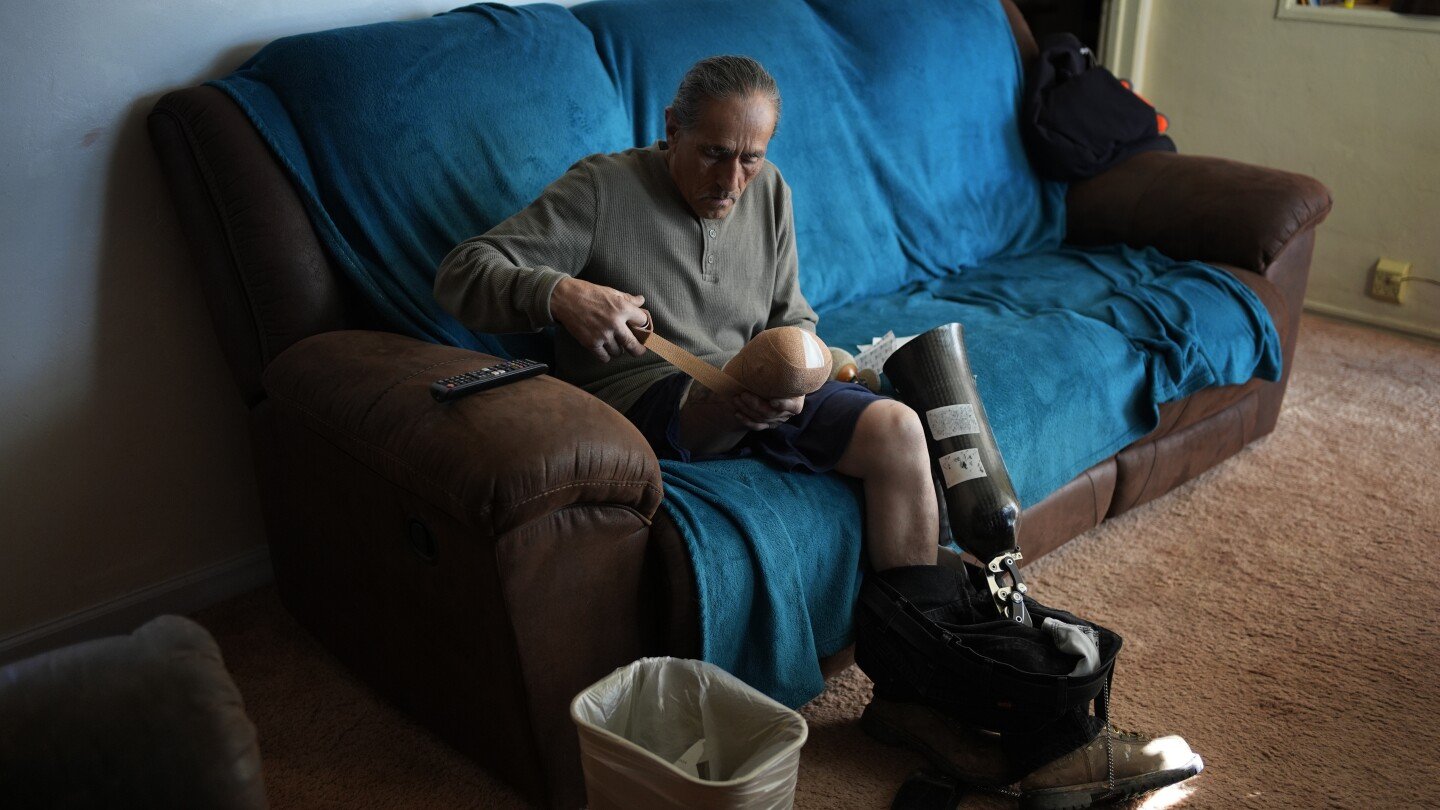Blas Sanchez was nearing the end of a 20-year stretch in an Arizona prison when he was leased out to work at Hickman’s Family Farms, which sells eggs that end up in the supply chains of huge companies like McDonald’s, Target and Albertsons. While assigned to a machine that churns chicken droppings into compost, his right leg got pulled into a chute with a large spiraling augur.
“I could hear ‘crunch, crunch, crunch, crunch,’” Sanchez said. “I couldn’t feel anything, but I could hear the crunch.”
He recalled frantically clawing through mounds of manure to tie a tourniquet around his bleeding limb. He then waited for what felt like hours while rescuers struggled to free him so he could be airlifted to a hospital. His leg was amputated below the knee.
Nationwide, hundreds of thousands of prisoners are put to work every year, some of whom are seriously injured or killed after being given dangerous jobs with little or no training, The Associated Press found. They include prisoners fighting wildfires, operating heavy machinery or working on industrial-sized farms and meat-processing plants tied to the supply chains of leading brands. These men and women are part of a labor system that – often by design – largely denies them basic rights and protections guaranteed to other American workers.



The difference is that in these countries prisoners only have to work for the prison itself, doing stuff like cleaning, washing dishes, etc. They can work for a private company if they wish, but that’s not required.
Hard labor an increasing punishment for poor people unable to pay fines
Worked to death but its okay because the prison itself profits.